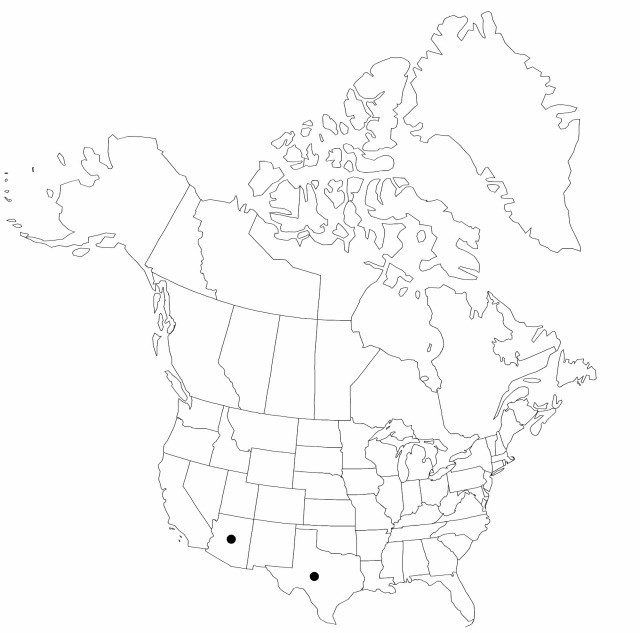Cyperus seslerioides
in A. von Humboldt et al., Nov. Gen. Sp. 1: 209. 1816.
Herbs, perennial, cespitose; rhizomes knotty, much branched, 2–5 mm diam., scaly. Culms roundly trigonous, basally with dark fibrous remnants of old leaf-sheaths, (0.5–) 4–30 cm × 0.4 –1.1 mm, glabrous. Leaves 1–5, flat, involute toward apex, 3–18 cm × 1–2.5 (–3) mm. Inflorescences: heads hemispheric to spheric, (3–) 6–15 (–24) mm diam.; rays absent; bracts 2–5, horizontal to reflexed, parallel to culm, 1–13 cm × 1–3 mm, margins and keel sparsely minutely scabridulous distally. Spikelets (5–) 20–60 (–100), whitish to greenish or brownish, ovoid to oblong-lanceoloid, compressed, 3–7 × 2–4 mm; floral scales (8–) 10–12 (–24), laterally milky white (infrequently yellowish, pale greenish, brown, or bronze-white), medially green or white, laterally ribless, medially 3-ribbed, ovate to ovatelanceolate, 1.6–3 (–3.4) × 0.8–1.3 mm, apex mucronate to acuminate. Flowers: stamens 3; anthers linear, (0.4–) 0.6–0.8 (–1.1) mm, connective not prolonged; styles 0.8–1.8 mm; stigmas (0.5–) 1–1.5 (–2) mm. Achenes brown to blackish, trigonous, broadly obovoid, 0.5–1 × 0.3–0.75 mm, base slightly stipelike, ± cuneate to rounded, apex apiculate, papillose.
Phenology: Fruiting summer.
Habitat: Seeps, damp meadows in montane forests
Elevation: 1000–2000 m
Distribution

Ariz., Tex., Mexico, Central America (Honduras), South America
Discussion
Selected References
None.
Lower Taxa
"shortened" is not a number.
